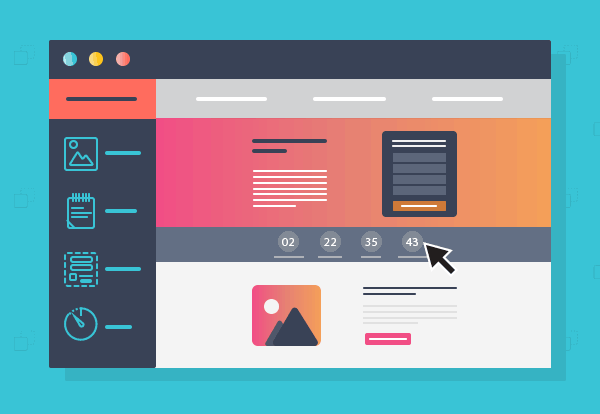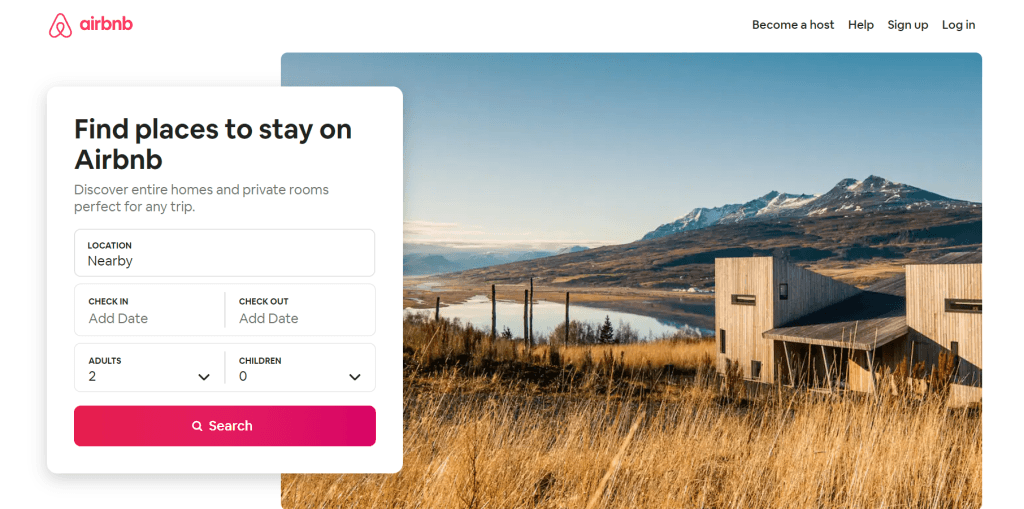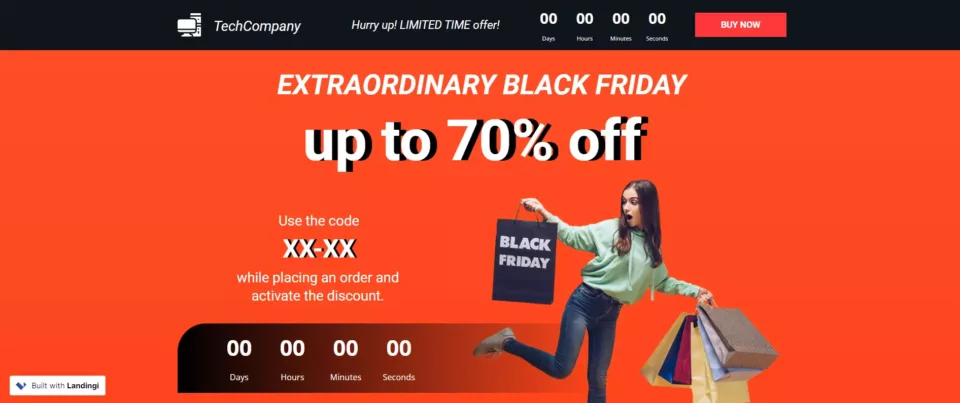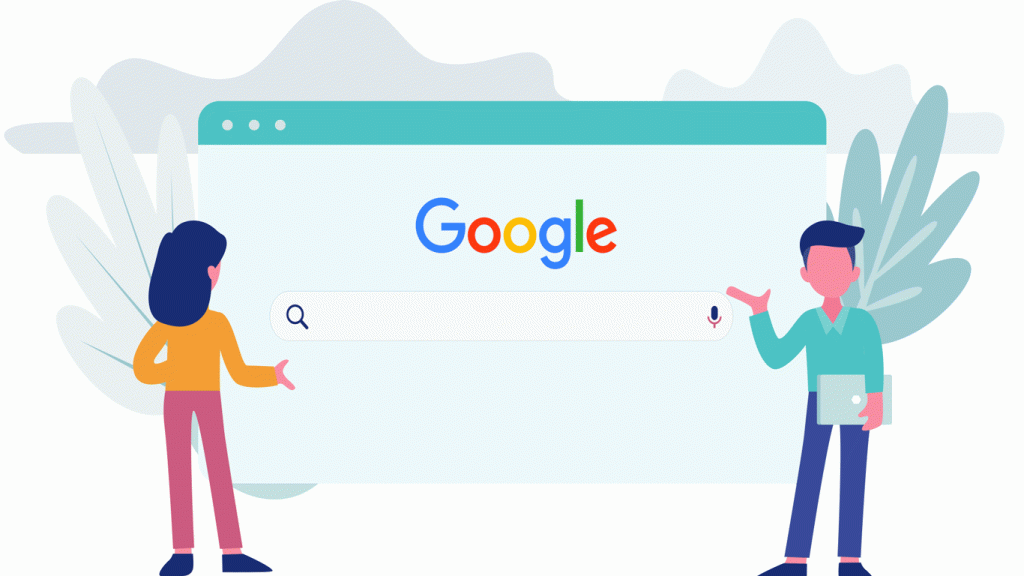In the digital world, where attention spans are fleeting and competition is fierce, a well-crafted landing page can be your secret weapon. Imagine your website as a storefront on a bustling street—your landing page is the inviting window display that draws potential customers inside. But how do you create a landing page that not only attracts visitors but also converts them into loyal customers or valuable leads? This blog post will reveal best practices for crafting high-performance landing pages, complete with examples to inspire your next creation.
Why Landing Pages Matter More Than Ever
In the age of digital marketing, landing pages have emerged as critical tools for businesses aiming to capture leads and drive conversions. These specialized web pages are designed with a single focus in mind, whether it’s encouraging sign-ups, downloads, or purchases. Unlike your homepage, a landing page zeroes in on a specific call-to-action, smoothing the path from visitor to customer.
But why are landing pages so crucial for small business owners, digital marketers, and entrepreneurs? Quite simply, they are the linchpin for successful online campaigns. By delivering clear and compelling messages, they grab the attention of potential customers and guide them along the conversion funnel. A well-optimized landing page can significantly boost your conversion rate, turning casual browsers into committed buyers.
In this post, we’ll explore essential strategies for building landing pages that perform exceptionally well. From understanding the fundamentals to exploring advanced techniques, you’ll learn everything needed to create pages that don’t just capture clicks but transform them into meaningful customer interactions.
Understanding the Anatomy of an Effective Landing Page
Before we dive into optimization tactics, let’s dissect what makes a successful landing page. Think of it as a finely tuned engine where each component plays a vital role in driving conversions. At its core, a landing page includes several key elements.
The headline is your first impression—a bold statement that immediately communicates the value of your offer. Visitors should know within seconds why they are there and what benefit they stand to gain. A subheading can further clarify this message, providing additional context that reinforces the main point.
Next up is the visual content. Images, videos, and graphics capture attention and sustain interest, complementing the written content. They should be high-quality and relevant, adding depth and appeal to your page. Meanwhile, the body copy elaborates on the offer, using persuasive language to entice visitors to act. Keep it concise but impactful, addressing potential objections and instilling confidence in your audience.
Finally, the call-to-action (CTA) is your conversion powerhouse. Whether it’s a button, a form, or a link, the CTA should be compelling and unmistakable. Use action-oriented language to nudge visitors toward the desired outcome, whether it’s signing up, downloading, or purchasing.

Crafting Irresistible Headlines That Hook Your Audience
A captivating headline is the keystone of any high-performing landing page. It acts as a magnet, drawing visitors in and setting the stage for the rest of the content. Writing headlines that resonate requires creativity and precision.
First, focus on clarity. Your headline should immediately convey the primary benefit of your offer. Ambiguity is the enemy here—visitors should grasp the essence of your proposition without any guesswork. Use powerful words that evoke emotion and urgency, encouraging readers to keep scrolling.
Next, incorporate keywords naturally to enhance search visibility. Phrases like “Landing Page Optimization” or “Conversion Rate” can position your page as a relevant resource in search engines. However, avoid overstuffing keywords at the expense of readability.
Consider using a question or a bold statement to pique curiosity. For example, “Ready to Double Your Leads?” or “Unlock the Secret to Higher Conversion Rates.” These approaches ignite interest and invite further exploration, increasing the likelihood of engagement.

Designing Visually Compelling Landing Pages
Visual appeal is a powerful ally in the battle for attention. A strategically designed landing page captures interest and guides visitors’ eyes to critical elements. Start by selecting a color palette that aligns with your brand and evokes the desired emotional response. Colors can influence perception and behavior, so choose wisely.
Use whitespace effectively to create a balanced and uncluttered layout. Too much information crammed into a small space can overwhelm visitors, leading to higher bounce rates. Whitespace provides breathing room, allowing important elements to stand out and guiding the visitor’s gaze naturally.
Images and videos are potent storytelling tools. Incorporate visuals that support your message and showcase your product or service in action. A short video or an eye-catching infographic can convey complex information succinctly and memorably. Remember, every visual element should serve a purpose—enhancing understanding and reinforcing your message.
Writing Persuasive Copy That Converts
Words have the power to persuade, and on a landing page, every word counts. Craft copy that speaks directly to your target audience’s needs and desires. Start by identifying their pain points and aspirations, then address how your offer resolves these challenges.
Maintain a conversational tone that resonates with your readers. Avoid jargon and technical language that might alienate or confuse. Instead, use simple, relatable language that builds trust and rapport. Repetition can be a useful technique, reinforcing key points and driving home the value proposition.
Leverage testimonials and case studies to provide social proof. Real-life examples of satisfied customers or impressive results can alleviate doubts and build credibility. Consider including brief snippets or quotes that highlight positive experiences with your product or service.

Crafting Calls-to-Action That Drive Results
The call-to-action (CTA) is the pivotal element of your landing page. It’s where intentions transform into action. To create an effective CTA, start with a strong verb that demands attention—words like “Get,” “Start,” or “Discover” can urge visitors to take the next step.
Position the CTA prominently on the page, ensuring it’s easily accessible and noticeable. Use contrasting colors to make it stand out, and keep the text concise and direct. A single, clear CTA is more effective than multiple competing actions that can confuse or overwhelm.
Consider adding a sense of urgency to your CTA. Phrases like “Limited Time Offer” or “Sign Up Now” can motivate visitors to act promptly, reducing the likelihood of procrastination. Remember, the goal is to eliminate friction and make the desired action as effortless as possible.

Building Trust with Social Proof and Testimonials
Trust is a crucial component in the conversion equation. Visitors are more likely to engage with your offer if they perceive your brand as trustworthy and reliable. Social proof, such as testimonials, reviews, and user-generated content, can significantly enhance credibility.
Display customer testimonials that highlight positive experiences and tangible benefits. Include the customer’s name and photo for authenticity, and consider incorporating video testimonials for added impact. Reviews from reputable sources or industry influencers can further bolster your reputation.
Showcase any awards, certifications, or partnerships that demonstrate authority in your field. These endorsements provide third-party validation and reassure visitors that your business is credible and reputable. The presence of social proof can be the deciding factor that tips the balance in your favor.
Streamlining the User Experience for Optimal Results
A seamless user experience is vital for keeping visitors engaged and moving smoothly through the conversion funnel. Optimize your landing page’s loading speed to minimize bounce rates. Slow-loading pages can frustrate visitors and lead to abandonment, so ensure your page is responsive and fast.
Simplify navigation to keep visitors focused on the primary goal. Remove unnecessary distractions and external links that could lead them away from the page. The path to conversion should be straightforward and intuitive, with minimal effort required to complete the desired action.
Implement A/B testing to continuously refine and improve your landing page’s performance. Test different variations of headlines, copy, visuals, and CTAs to identify what resonates best with your audience. Data-driven insights can guide your optimization efforts and lead to higher conversion rates over time.

Leveraging Analytics to Measure Success
Data is your ally in the pursuit of landing page excellence. Utilize analytics tools to track key performance metrics and gain insights into visitor behavior. Monitor conversion rates, bounce rates, and time on the page to assess the effectiveness of your page.
Identify areas where visitors drop off or encounter friction and implement changes to address these issues. Heatmaps and click-tracking tools can reveal which elements attract attention and where improvements are needed. Use this data to make informed decisions and iterate on your design and content.
Set clear goals and benchmarks to measure success. Whether it’s capturing a certain number of leads or achieving a specific conversion rate, having defined objectives allows you to evaluate your progress and celebrate your achievements. Regularly review your analytics to identify trends and seize growth opportunities.
Incorporating SEO Best Practices for Enhanced Visibility
Optimizing your landing page for search engines increases its visibility and attracts organic traffic. Begin by conducting keyword research to identify relevant terms that align with your offer and audience. Incorporate these keywords naturally throughout the page, including in headlines, meta tags, and alt text for images.
Craft a compelling meta description that entices users to click through to your page. While meta descriptions don’t directly impact search rankings, they influence click-through rates, so make them engaging and informative. Use active language and include a call-to-action to encourage clicks.
Ensure your landing page is mobile-friendly and responsive. With an increasing number of users browsing on mobile devices, a seamless mobile experience is crucial for accessibility and engagement. Google’s mobile-first indexing further emphasizes the importance of optimizing for mobile users.

Examples of High-Performance Landing Pages
Learning from successful examples can inspire your landing page design and strategy. Let’s explore a few real-world examples of landing pages that excel in capturing leads and driving conversions.
Dropbox uses a clean and minimalist design with a clear headline and concise copy. The CTA is prominently displayed, encouraging users to “Try Dropbox Business Free.” Social proof in the form of customer logos reinforces trust and credibility.
Airbnb effectively combines stunning visuals with a compelling headline that speaks directly to their audience’s desires. The CTA, “Become a Host,” is action-oriented and stands out against the background. User-generated content and testimonials add authenticity and trustworthiness.
HubSpot offers a free resource on their landing page, capturing leads by providing valuable content. The headline communicates the benefit, and the CTA, “Download Now,” is straightforward and enticing. The use of bullet points and visuals enhances readability and engagement.

Turn Visitors into Loyal Customers with High-Impact Landing Pages
Creating high-performance landing pages is an art and a science. By implementing the strategies outlined in this post, you can craft pages that captivate your audience, drive conversions, and propel your business forward. Remember, the key is to focus on clarity, relevance, and engagement.
By understanding the anatomy of an effective landing page, writing persuasive copy, and leveraging visual appeal, you can create a seamless user experience that guides visitors toward your desired outcome. Incorporate social proof, streamline navigation, and continuously optimize based on data-driven insights.
Now it’s time to put these strategies into action. Whether you’re a digital marketer, small business owner, or entrepreneur, your landing pages can become powerful tools for growth and success. Start building landing pages that convert clicks into loyal customers today.

